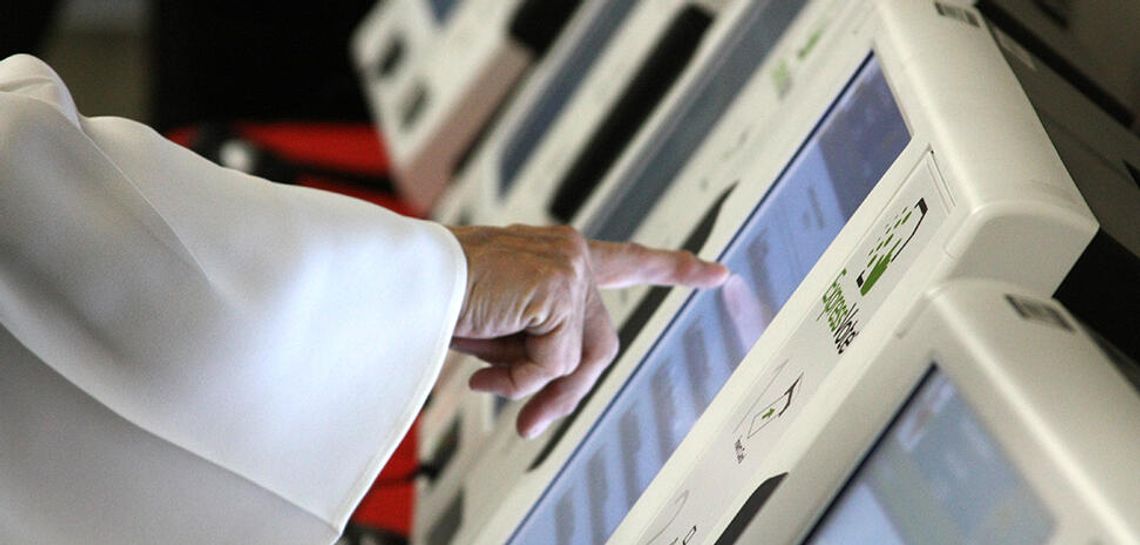With the prospect of countywide voting centers on the horizon in Hays County, a trio of experts from neighboring jurisdictions offered insight into the process and what it could look like.
That discussion was part of an April 4 League of Women Voters of Hays County event that offered more information on the proposed centers. The centers could allow voters from across the county to go to a predetermined site and cast a ballot, regardless of which precinct they live in.
Among the panel were officials from Travis and Guadalupe counties, which have implemented large-scale voting centers in recent years.
A major component of the conversation centered on which locations in Hays County could be selected as a voting center site. While county officials don’t anticipate a large number of current polling locations to be eliminated from consideration, some sites might not be able to house a voting center.
“The idea is, when you start considering tiny churches and schools, many of them will not be able to meet the new standards for accessibility, and that becomes an issue when you start to serve the whole community,” said Travis County Clerk Dana DeBeauvior.
DeBeauvior said ideal locations for voting centers are areas that can accommodate more people with the necessary parking, accessibility and building requirements.
When Guadalupe County added voting centers, officials did not close any of its previous polling locations. Guadalupe County has 34 Election Day polling sites and has sustained that number for two years.
“If we started changing locations or reducing locations, the possible negative impact to our voters was greater, and the whole idea was to make things easier,” said Guadalupe County Elections Administrator Lisa Hayes.
In Hays County, a polling place committee has been established with stakeholders from around the county, said Elections Administrator Jennifer Anderson.
On April 23, residents can address Hays County Commissioners on where they would like to see voting centers. The committee will help aid that search.
However, election officials said transitioning to a large-scale voting center can be a “sensitive transition,” as the goal is to not leave any voters out.
DeBeauvior said offering voters transparency and consistency in the process is a key component. Voting centers can help a growing population’s ability to vote without confusion, DeBeauvior said.
“it’s about reaching out to the marginal voter who needs a little more convenience to make it to the polls,” DeBeauvior said. “Most especially if you’re a high traffic commuter. Those people can pick the closest location from work than the place near their house.”
Travis County officials said the number of voting centers and polling sites depends on the election cycle. During presidential elections, officials have increased the number of centers and sites, while constitutional amendment elections might call for a fewer number.
DeBeauvior said assessing voting trends is essential, as too many voting centers in low-turnout elections could be costly.
“There are little techniques you can use to save some money, as long as you make sure you have plenty of capacity for those big elections,” DeBeauvior said.
Anderson said she plans to emulate the approaches taken by officials from Travis and Guadalupe counties officials during the transition.
“I do not intend to reduce polling places and I will provide consistency in the polling places we have now,” Anderson said.










